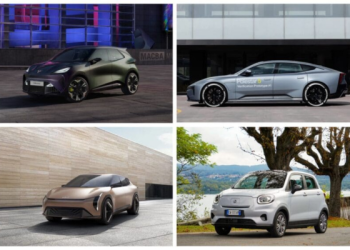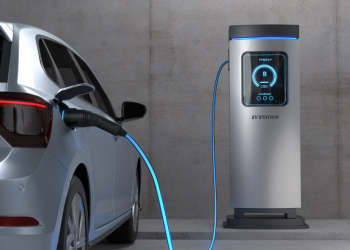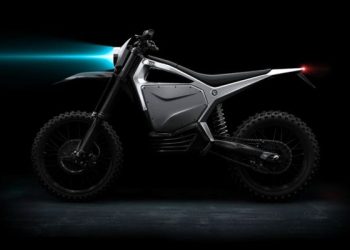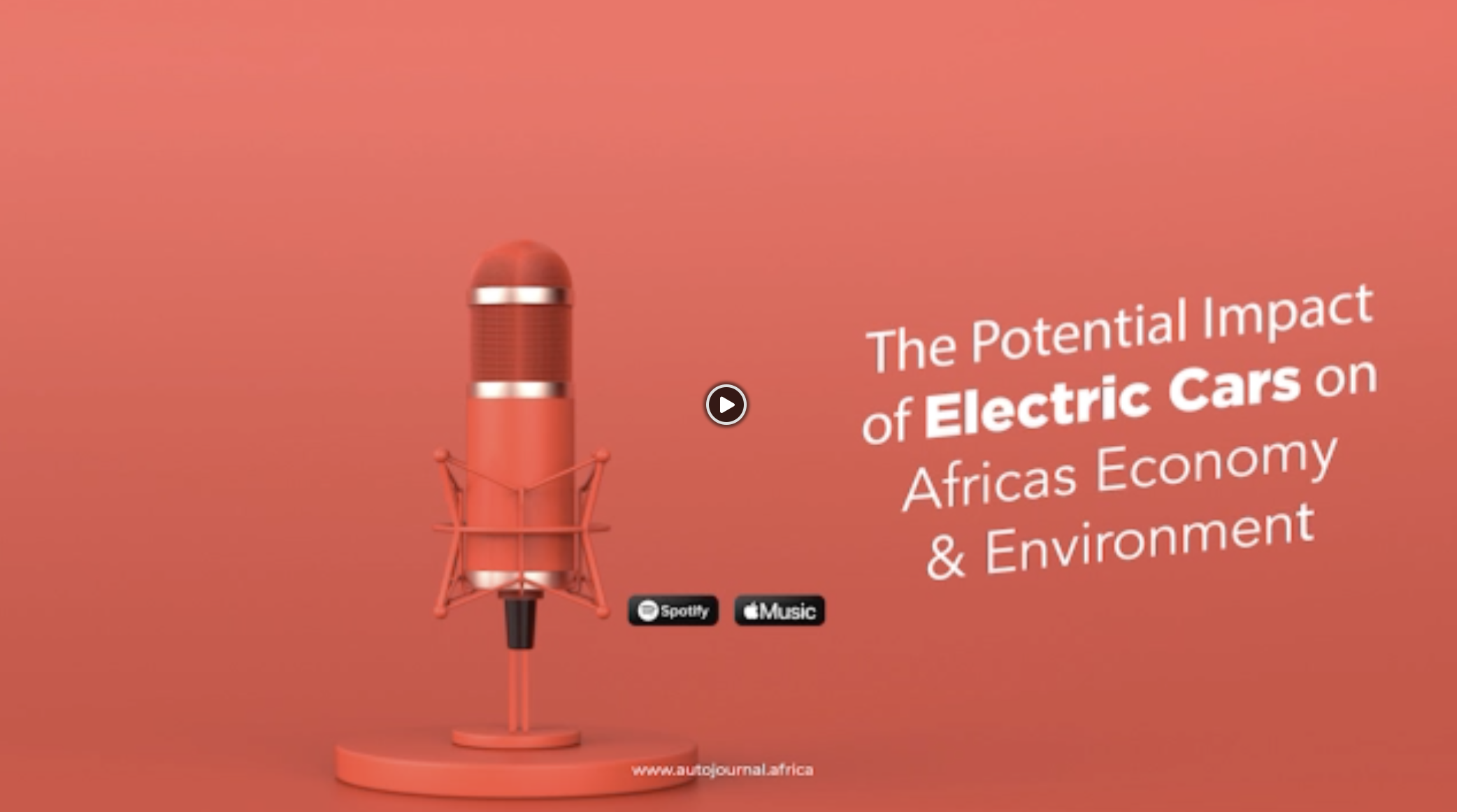When lightning hit a moving electric car in China, the driver expected the worst. Instead, he walked away without a scratch. The BYD Song Plus SUV was struck three times in quick bursts at a highway service area in Guangxi. Dashcam footage showed arcs of electricity exploding from the roof into the night sky. It looked terrifying. Yet, the car’s cabin stayed calm.
“Nothing happened to me. I was scared but safe,” the driver told local reporters. Mechanics later confirmed that the battery, motor, and control unit were untouched. Only two small scorch marks were visible on the roof rack.
The dramatic survival story is now challenging one of the internet’s longest myths—that electric cars can explode if hit by lightning.
Why the driver lived
Experts say the secret is the Faraday cage effect. When lightning hits a sealed metal vehicle, the charge flows around the shell and into the ground, not through the people inside.
“It’s like the car becomes a shield,” explained Chen Wei, an electrical safety professor in Beijing. “As long as passengers stay inside and avoid touching metal, they are safe.”
The advice is simple but lifesaving: if lightning strikes, remain in the car, turn off electronics, close windows, and wait until the storm passes.
Tesla pushes new limits
The story of survival comes as electric cars are making fresh headlines around the world. Tesla announced a long-range Model 3 sedan in China that can drive 515 miles (830 km) on one charge. That makes it the longest-range Tesla sedan to date.
But U.S. drivers may have to wait. Tesla has not confirmed a launch date for North America.
Ford bets on a cheaper future
Ford is also moving boldly. Chief Executive Jim Farley called the company’s $30,000 electric pickup its “Model T moment.” Built after three years of research and $5 billion of spending, the truck will use lithium iron-phosphate batteries to keep costs down.
“This could be the turning point for affordable EV ownership,” said Jessica Caldwell, analyst at Edmunds.
U.S. sales hit record highs
In the United States, buyers are racing to secure electric cars before federal tax breaks expire. Americans bought 130,100 new EVs in July, the second-highest monthly total ever. Sales jumped 26% from June and nearly 20% from the same month last year.
Much of the demand is driven by the $7,500 federal tax credit, which ends for some models on September 30.
The bigger picture
From surviving lightning to breaking sales records, electric cars are proving resilient. China’s BYD Song Plus, which is also the country’s top automotive export this year, showed nature’s power cannot easily destroy man-made innovation. Tesla’s record range and Ford’s budget-friendly pickup show how competition is forcing change. And American sales numbers suggest buyers are ready to embrace the shift.
As one Guangxi driver put it after living through three lightning strikes: “I trusted the car. It saved me.”
Read more on BYD knocks Telsa off top spot in Australia’s EV sales





















